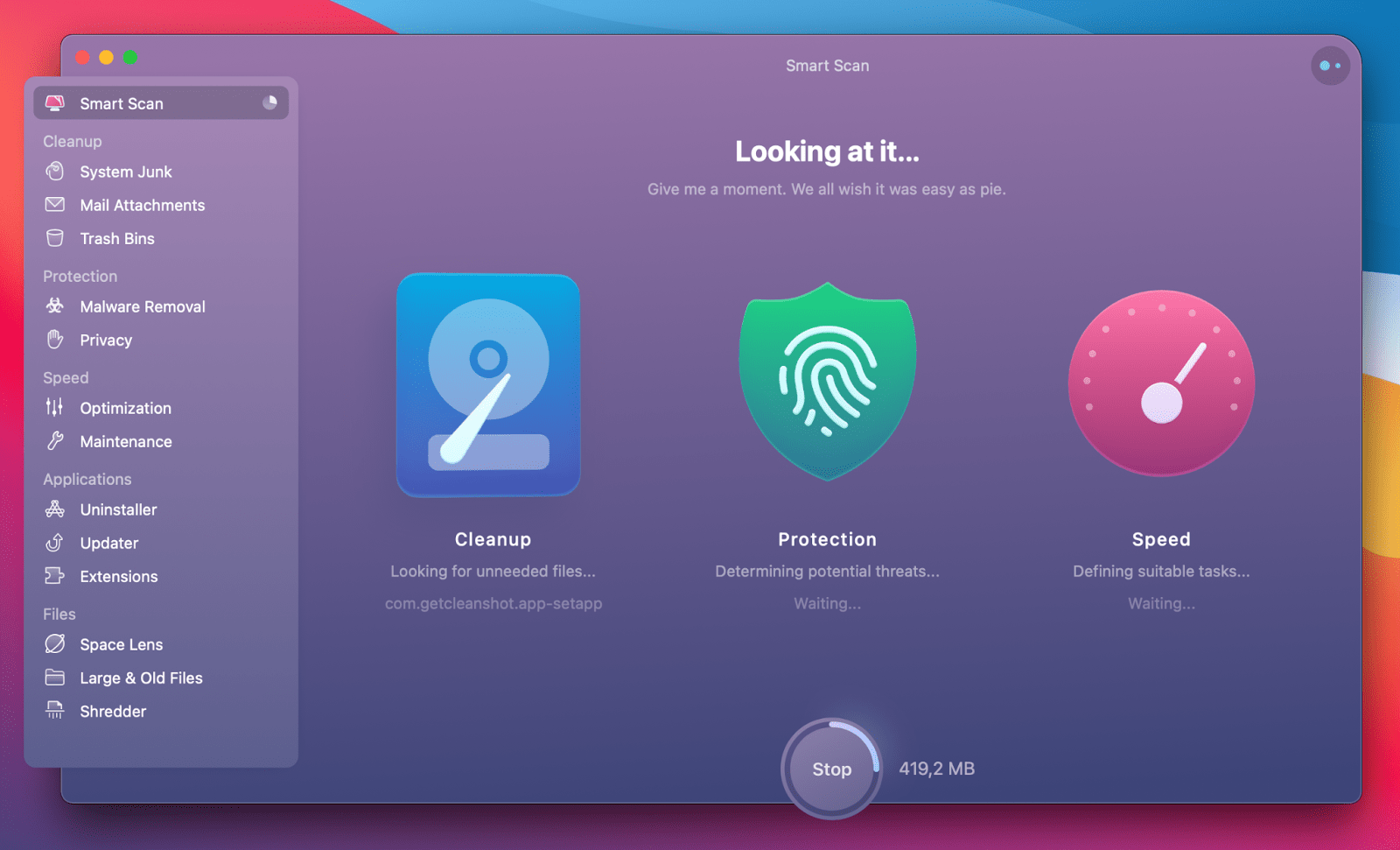

Then how can you show the potentially hidden virus files using CMD? All you need is the attrib command. Since viruses always conceal themselves, you need to make them appear and then delete the virus files. Afterward, you can delete the suspicious files. CMD helps to achieve your goal of removing viruses by showing the hidden viruses on a partition or drive. In fact, using command lines doesn't directly check and remove viruses from your computer or external storage device. Among the multiple choices, many users attempt to remove viruses using CMD. It's certainly true that a virus is something you will want to remove once you find it. EaseUS Data Recovery Wizard can recover lost data in various severe cases. Using CMD commands can only help remove the virus but can do nothing to restore damaged and lost files for the virus infection.
#How to clean up mac from command line how to
How to Recover Files Deleted/Hidden by Viruses

Other viruses hide files and leave users with nowhere to unhide them. Some viruses like the Locky virus and CryptoLocker, also known as ransomware, delete computer files, encrypt them, even change the file extension to. It can be a dangerous infiltration designed to drag your computer down, erase important files, track your habits, or give hackers access to your personal information. To sum it up, a computer virus is simply a type of program that causes your computer to act in an undesirable way. But do you know exactly how viruses can damage your computer? There are many types of viruses, and they behave in different ways. If the hard drive partition or external storage device was infected by a virus, formatting it can help. Go to Settings > "Update & Security" > "Windows Security" > "Virus & threat protection". Run installed antivirus software, execute clean operation if the virus is detected. Here's what you need to know to get your Mac's cache cleared.Run Command Prompt as Administrator or EaseUS M Tool > Clear virus with attrib -s -h -r /s /d *.*. That's because clearing your cache can help protect your identity, make apps run better on your computer, and prevent you from using outdated forms that your Mac collected when you first visited a site. And you'll get the best performance out of it when it's connected to your network using Gigabit Ethernet, according to Apple.īut as long as your Mac is set up to cache, that data needs to be cleared periodically to make your computer run more efficiently.
#How to clean up mac from command line software
According to Apple, cached data on your Mac computer speeds up the downloading of Apple software and the data stored in iCloud by "saving content that local Mac computers, iOS devices, and Apple TV devices have already downloaded," and cached data is "available for other devices to retrieve without going out over the Internet."Ĭaching is especially important if your Mac is set up with wired ethernet rather than Wi-Fi.

But what exactly is caching, and why do our devices use it?Ĭached data consists of the various temporary files that exist on a reserved area of your computer. You may have heard that it's important to clear theĬache on your various electronic devices every once in a while.


 0 kommentar(er)
0 kommentar(er)
